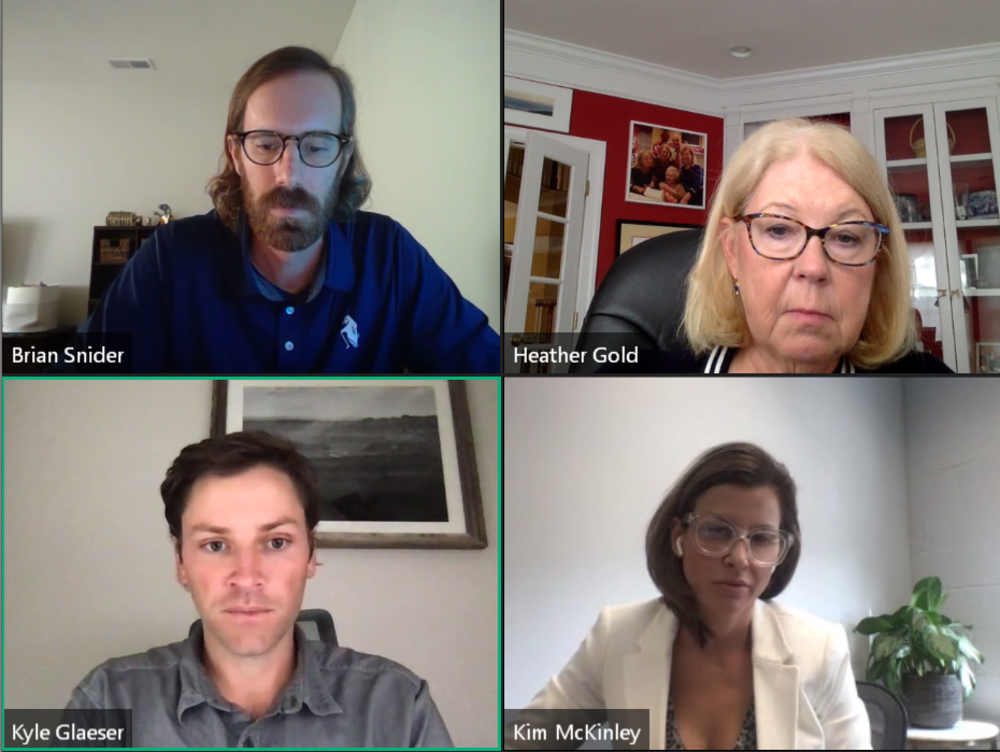What’s the Biggest Hurdle to Open Access Networks? Misconceptions About Open Access Networks
September 16, 2020 — During a virtual Q&A session hosted by the Broadband Bunch on Tuesday, a panel of open access enthusiasts discussed whether or not the United States is ready to embrace open access networks. While the panelists tried to remain hopeful about the knowledge level the public has abo

September 16, 2020 — During a virtual Q&A session hosted by the Broadband Bunch on Tuesday, a panel of open access enthusiasts discussed whether or not the United States is ready to embrace open access networks.
While the panelists tried to remain hopeful about the knowledge level the public has about open access news, audience participation during the webinar revealed that many do not fully understand the concept.
Open access networks are those that revert traditional vertically-integrated broadband networks by creating a layer of separation between ownership and service delivery.
Open access networks break up the model of incumbent internet providers. Instead, the open access model allows one entity to own a network, another to operate it, and even more to provide internet and other advanced services over the network.
A survey question posed to the audience, asking participants to define open access networks, received 30 percent incorrect answers. And this was on an already niche group of viewers!
The panelists did not expect the public to understand the model, or even recognize the name, indicating that explaining open access is full time job in itself.
“While many internet service providers use open access middle-mile networks, last-mile open access networks are relatively new,” said Heather Gold, CEO of HBG Strategies.
Kyle Glaeser, director of Emerging Networks, indicated that one of the barriers to completing open access projects is the lack of existing knowledge. “We’re competing against long-standing infrastructure projects, which have more existing evidence on how to de-risk them,” he said.
More misconceptions that audience members held were revealed when the Broadband Bunch posed the survey question, ”What are the biggest barriers to open access?” The majority of viewers choose the incorrect answer, selecting “regulatory hurdles.”
“State regulations aren’t prohibiting open access,” said Brian Snider, CEO of Lit Communities, arguing that there are “less regulatory hurdles than people may think.”
“The regulations don’t hurt, but they don’t help,” said Kim McKinley, UTOPIA Fiber’s chief marketing officer.
The panelists said that funding is actually one of the biggest hurdles to deploying open access networks.
“FCC funding is not designed for open access networks,” said McKinley. She said that the exclusion from applying for state and federal funding, due to network design, has hindered potential growth.
She questioned why, as of yet, no government dollars have been spent on open access networks.
“Why are we funding incumbent providers that are not delivering?” said McKinley, “the demand is there, right now we need political assistance.”










